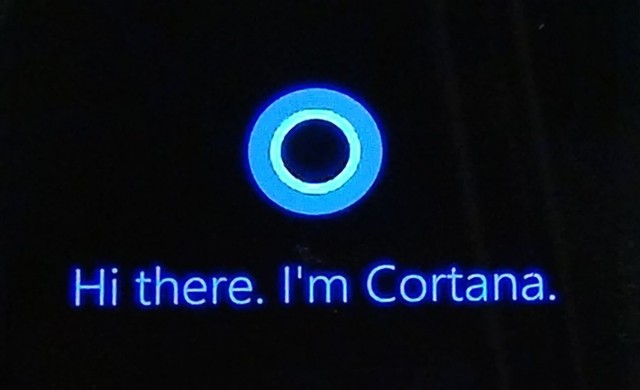
The latest Insider build of Windows 10, 18309, expands the use of a thing that Microsoft has recently introduced: passwordless Microsoft accounts. It’s now possible to create a Microsoft account that uses a one-time code delivered over SMS as its primary authenticator, rather than a conventional password.
In the new Windows 10 build, these passwordless accounts can be used for logging into a machine locally. The initial sign-in will use SMS, and it will then prompt you to configure biometric or PIN authentication. Your face, fingerprint, or PIN will be used subsequently. This capability is in all the editions, from Home up to Enterprise. A few previous builds had constrained it to Home only.
While SMS-based authentication has security issues of its own, Microsoft seems to feel that it’s a better bet for most home users than a likely insecure password. Removing the Windows login password is part of the company’s broader efforts to switch to using a mix of one-time passwords, biometrics, and cryptographic keys.
The new build also includes a change to the setup process for Windows 10 Pro, Enterprise, and Education users: Cortana will no longer automatically talk to you and guide you through the installation process. This will make fresh installs of Windows 10 on multiple machines a great deal less annoying. While Cortana’s chatter is useful for headless machines and can improve accessibility for Windows users with vision issues, a whole room of computers talking through the Windows installation process is nobody’s idea of a good time.
Compounding the frustration is that while Microsoft is using Cortana to improve the accessibility of Windows setup, it hasn’t actually done a very good job. As Paul Thurrott writes, Apple has done a much better job with macOS: screen narration kicks in automatically after a minute of no interaction with the install program, and the narration and voice controls are effective for the entire process. Cortana both butts in when she’s not wanted and gives up for certain elements of the installation anyway.
Clean installs of Windows 10 Home will continue to have Cortana’s narration on by default.
https://arstechnica.com/?p=1436113

